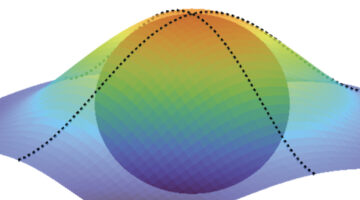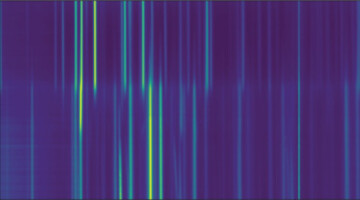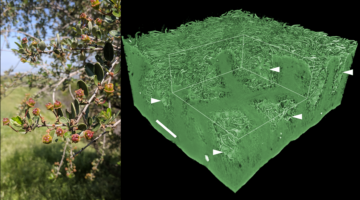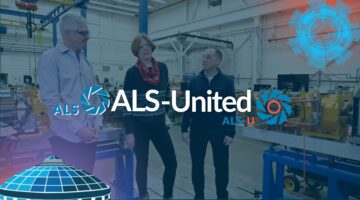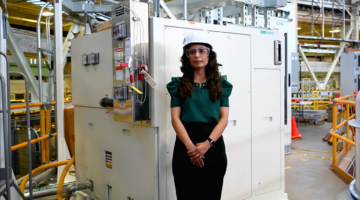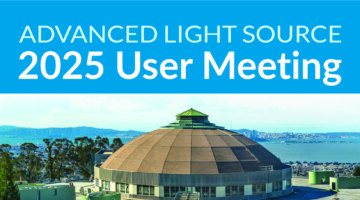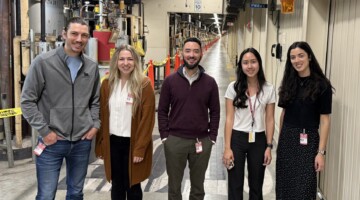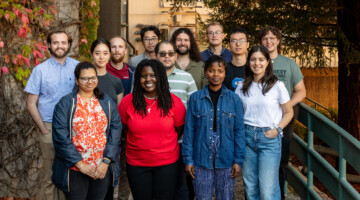Researchers found a way to reconstruct quantum geometric tensors (QGTs)—mathematical entities that encode how an electron’s wave function is shaped by its quantum environment. The mapping of QGTs enables the discovery and control of novel quantum phenomena such as superconductivity and unconventional electronic phases. Read more »![]()
![]()
ALSNews Vol. 467
April 3, 2025
Energy-Saving, Acid-Free, Hard-Rock Lithium Extraction
Researchers used in situ x-ray diffraction to develop a direct, more energy-efficient, and cheaper way to extract lithium from its source mineral, spodumene. The approach not only promises to reduce energy consumption and processing costs but also supports the sustainable scaling of lithium production to meet growing market needs. Read more »![]()
The Secret to Drought Tolerance Lies in a Lilac Crypt
Many species of California lilac grow throughout the state, north to Humboldt and south to San Diego. Some species have developed an adaptation for arid climates: the stomatal crypt. This extremely rare anatomy intrigued a group of researchers, who characterized species with these crypts at the ALS. Their microtomography characterization revealed how the stomatal crypt helps plants survive drought. Read more »
ALS-United: Steve Rossi, Daniela Leitner, and Andrew Netto
ALS-United is an opportunity to meet the people collaborating at the Advanced Light Source and the ALS Upgrade Project. Hear firsthand how team science enables the cutting-edge research of today and builds the facility of the future. This month, we speak with Steve Rossi (ALS Deputy for Business Operations), Andrew Netto (ALS-U Deputy for Operations), and Daniela Leitner (Engineering Division Director). Read more »
2025 Winter Shutdown Recap
After another busy shutdown, the ALS is in the process of returning to user operation later this week. The ALS-U accomplishments of the Winter 2025 shutdown include the accumulator ring installation sectors 1-11, seismic upgrades, ALS-U cable routing and electrical installation, RF infrastructure installation, and the booster bend power supply commissioning. In addition, the teams were able to complete several projects for the current ALS. Read more »
Suggest Speakers and Workshops for the 2025 User Meeting
The 2025 ALS User Meeting will take place August 11-13. We want to hear from you! Help shape this year’s program by submitting nominations for plenary speakers and proposing workshops and tutorials by April 4. Read more »
ALS Computing Group Shapes the Future of Accelerator UI/UX
This February, SLAC hosted the first Particle Accelerator UX Workshop, uniting developers and designers to standardize UI/UX best practices. The ALS Computing Group led with various other lab participants creating a website to guide labs. Launch is planned for November 2025. Read more »
Apply by April 4 for ALS Doctoral and Postdoctoral Fellowships
Applications will be accepted from mid-March–April 4 for ALS Doctoral and Postdoctoral Fellowships that begin September 1, 2025. Fellows spend a year in residence at the ALS conducting research and instrumentation development in collaboration with their home institution. Read more »
